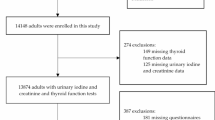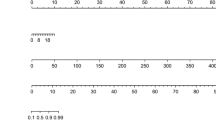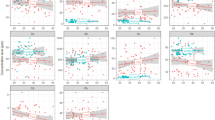Abstract
SINCE the cost of radioactive iodine being used in New Zealand is increased by air-freight charges and radioactive decay during transit to about four times that obtaining in the United Kingdom, methods for the recovery of radioactive iodine from the urine of patients are of especial concern to the therapeutic programme of the Endocrinology Research Committee. While other methods have been used with comparative success, the silver precipitation1 method seemed to offer the best prospects of development. The primary difficulty is that the addition of small amounts of silver nitrate to urine results in the formation of colloidal silver halides. Craig and Jackson1 overcame this by the addition of larger amounts of silver nitrate and by allowing five hours or longer for the halides to sediment. It has been found here that the formation of colloidal silver iodide can be avoided by precipitating the silver nitrate as chloride in a suspension of Gooch asbestos before contact with the urine. The method of Craig and Jackson is considerably improved if, instead of silver nitrate, such a preformed silver chloride asbestos suspension is added to the acidified urine. The iodide of the urine is fixed on the precipitate, which can be filtered off immediately and washed with dilute sulphuric acid before further treatment. There is thus a considerable saving in time and a purer product is obtained in the next stage.
This is a preview of subscription content, access via your institution
Access options
Subscribe to this journal
Receive 51 print issues and online access
$199.00 per year
only $3.90 per issue
Buy this article
- Purchase on SpringerLink
- Instant access to full article PDF
Prices may be subject to local taxes which are calculated during checkout
Similar content being viewed by others
References
Craig and Jackson, Nature, 167, 80 (1951).
Author information
Authors and Affiliations
Rights and permissions
About this article
Cite this article
PURVES, H. Recovery of Radioactive Iodine from Urine. Nature 169, 111–112 (1952). https://doi.org/10.1038/169111a0
Issue date:
DOI: https://doi.org/10.1038/169111a0



